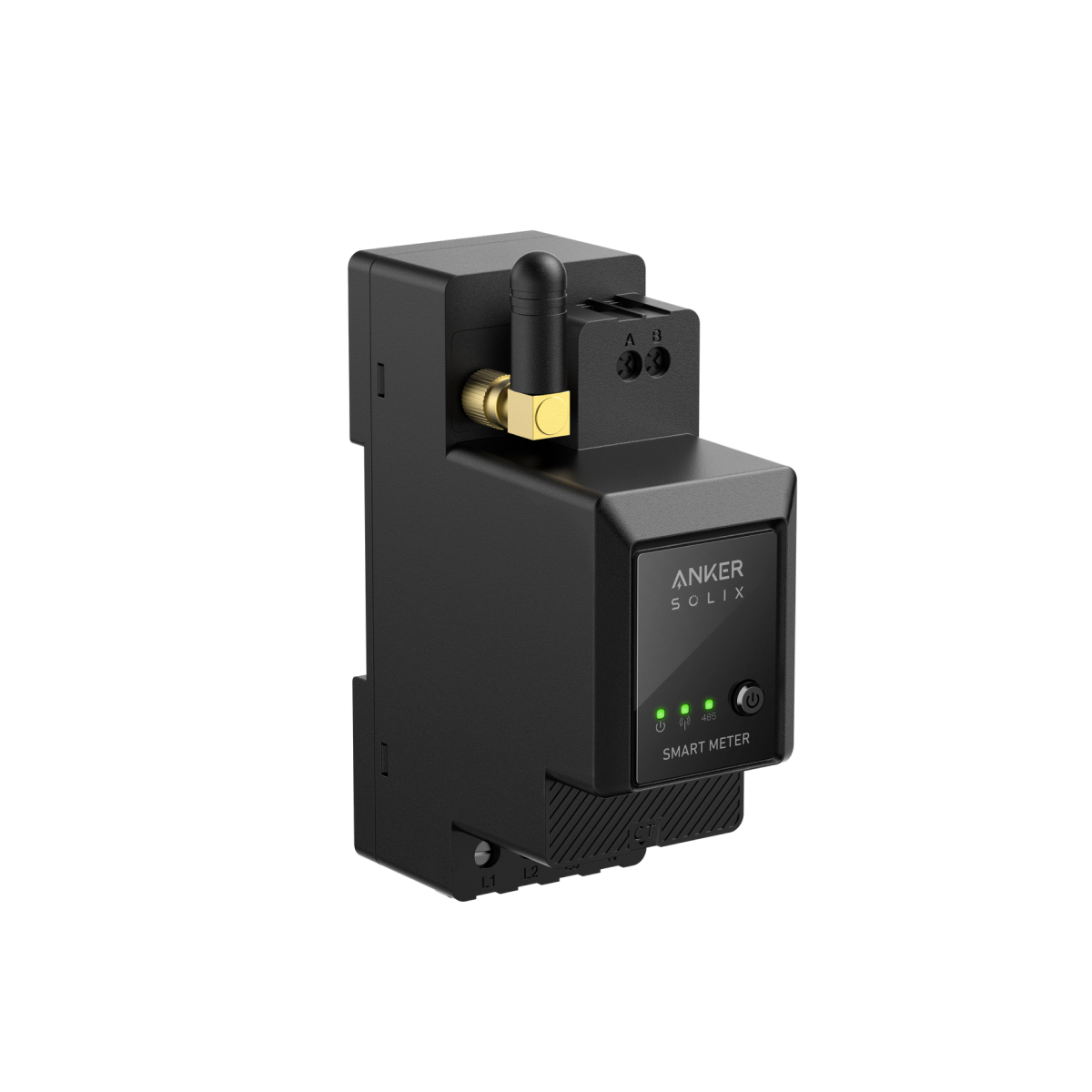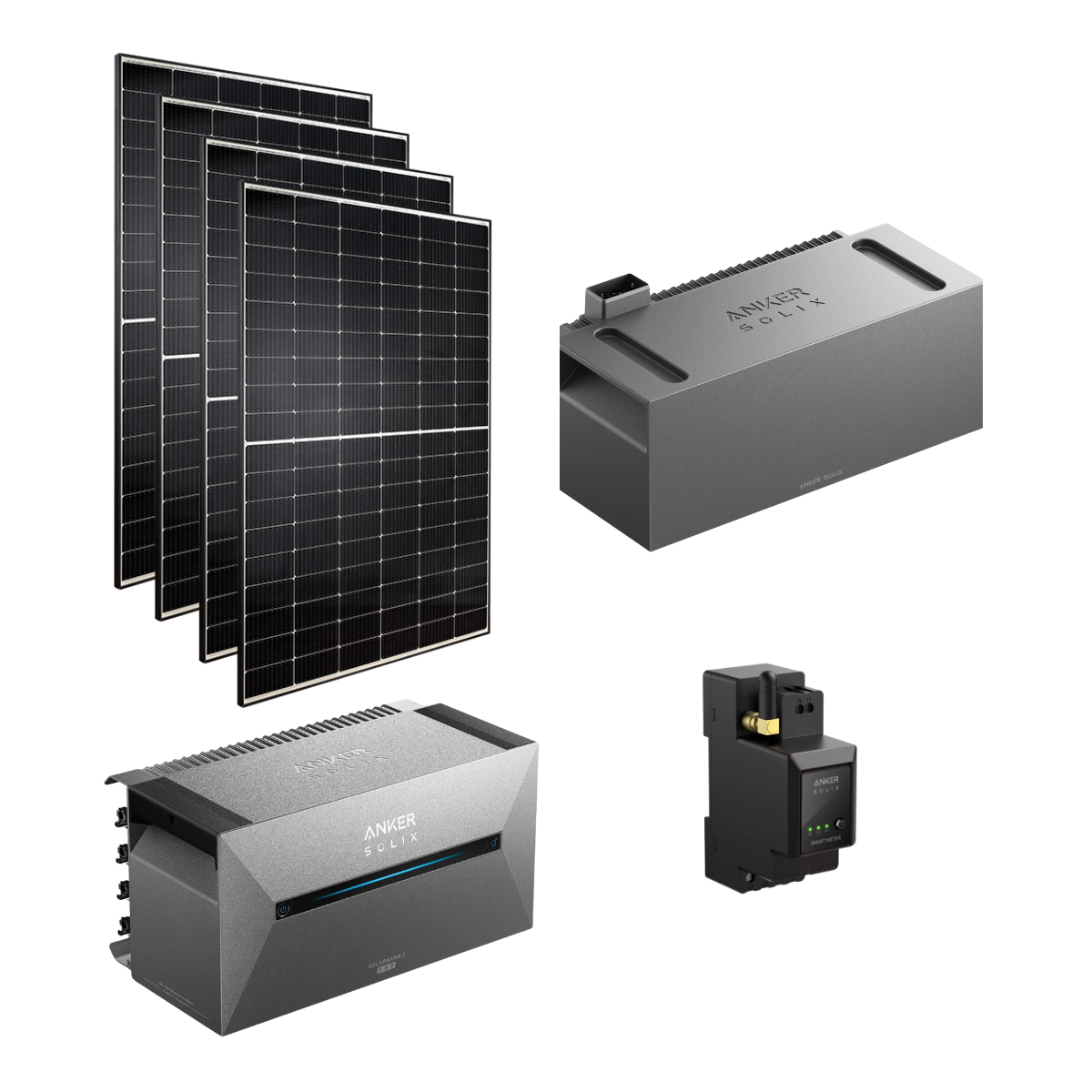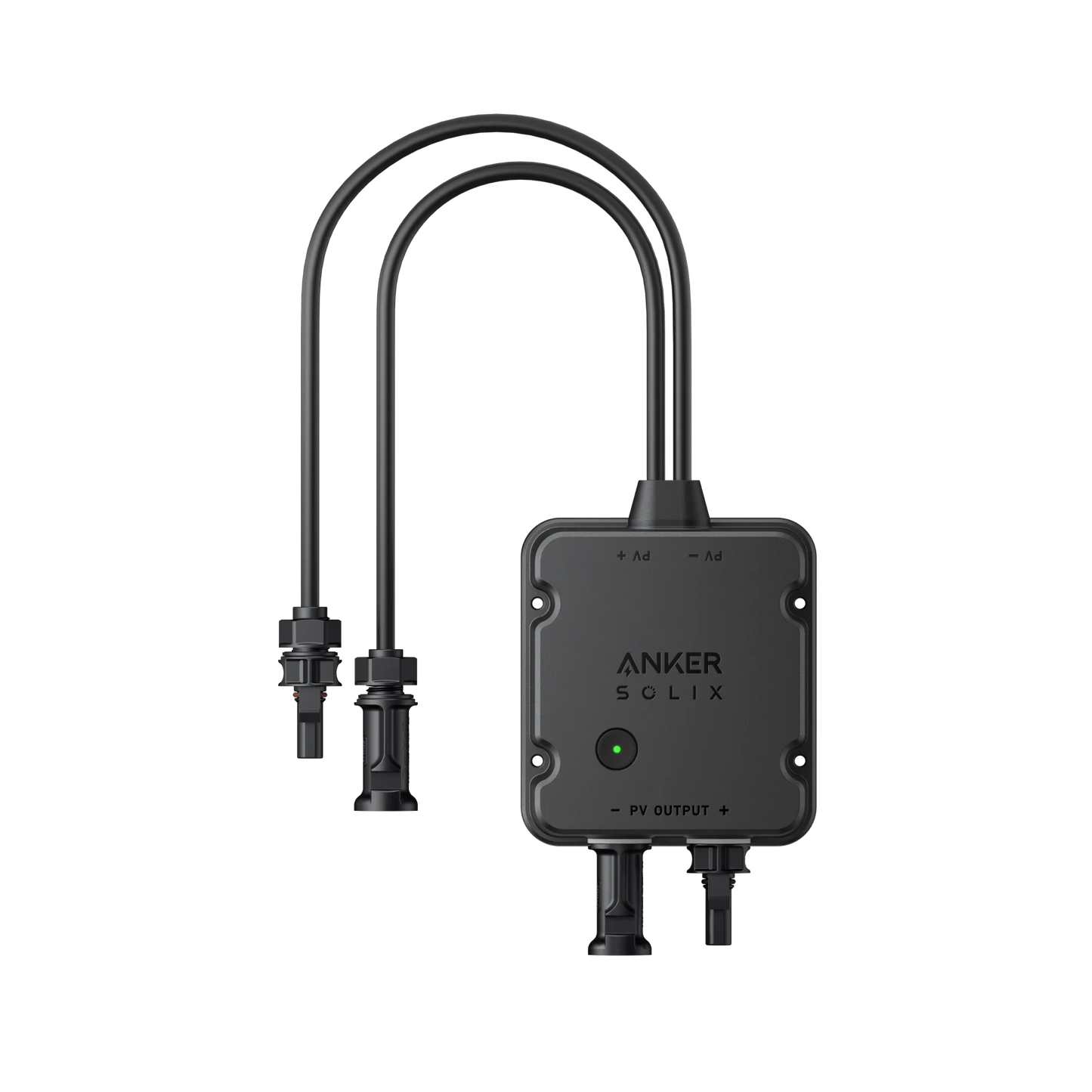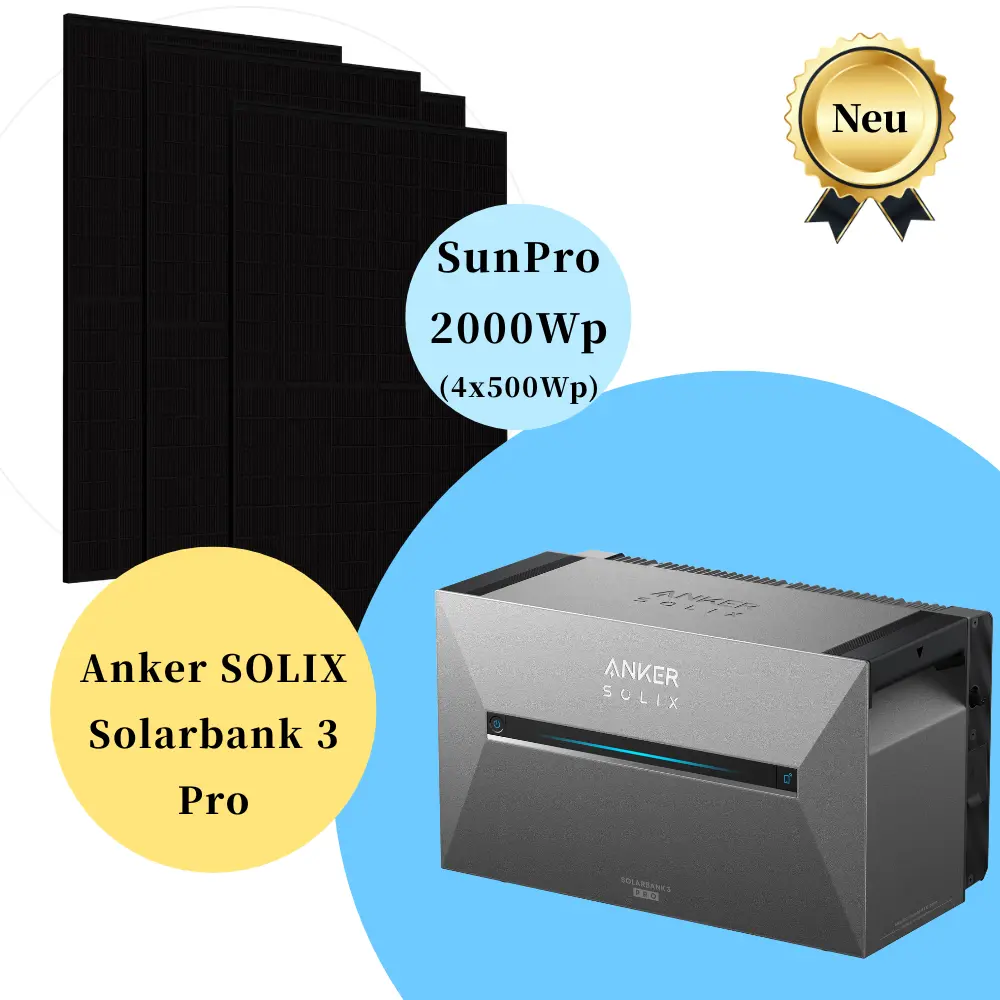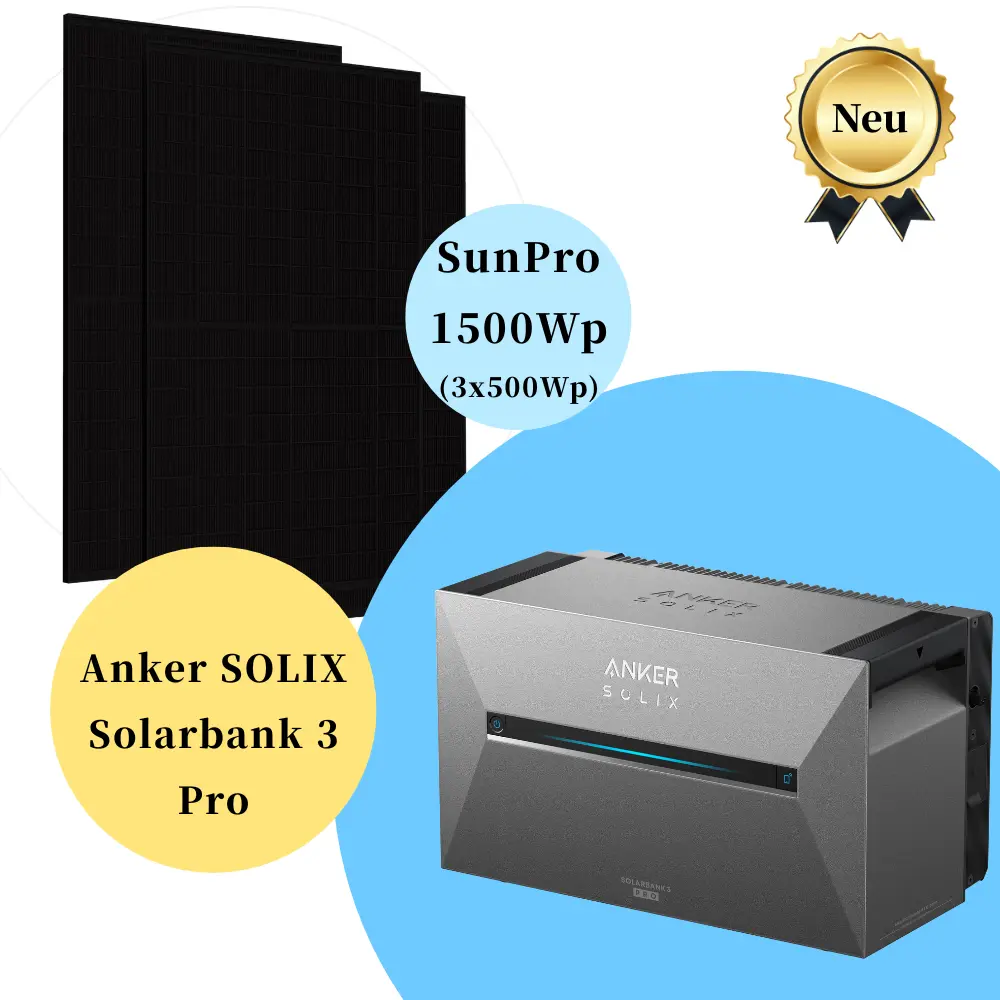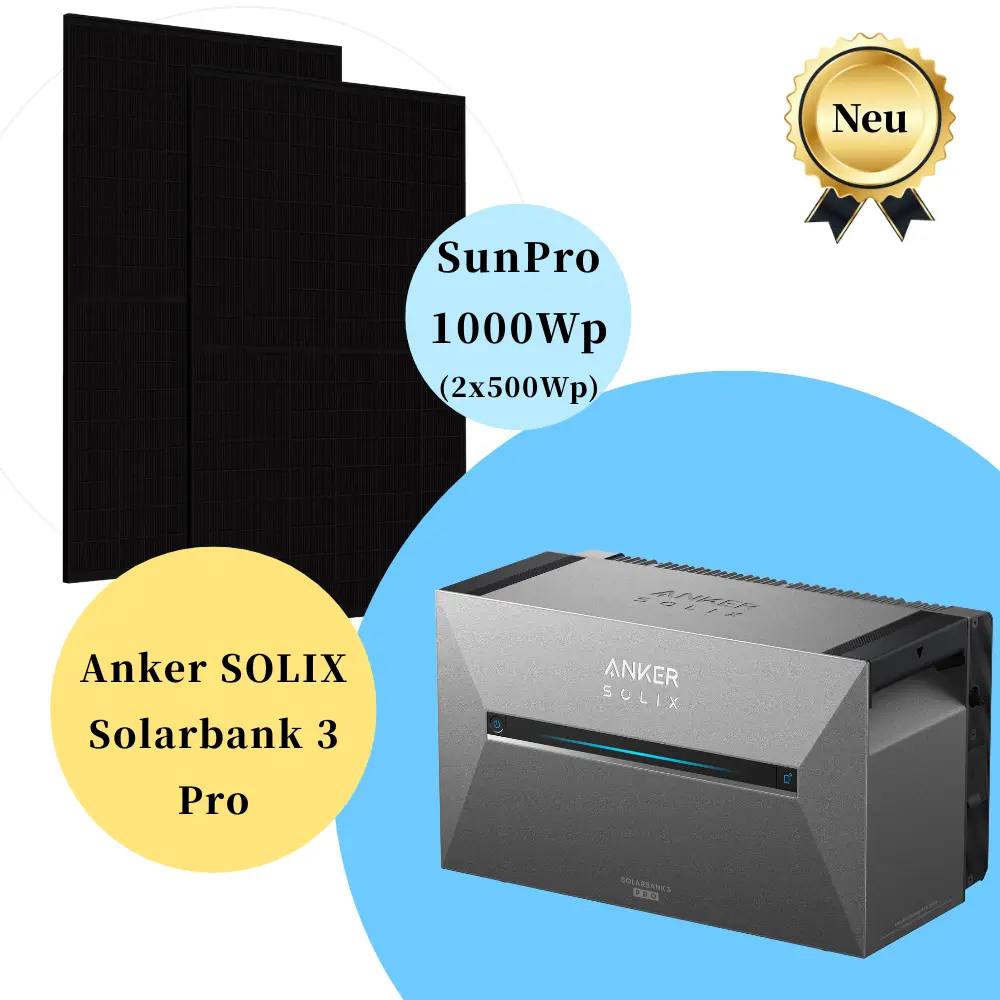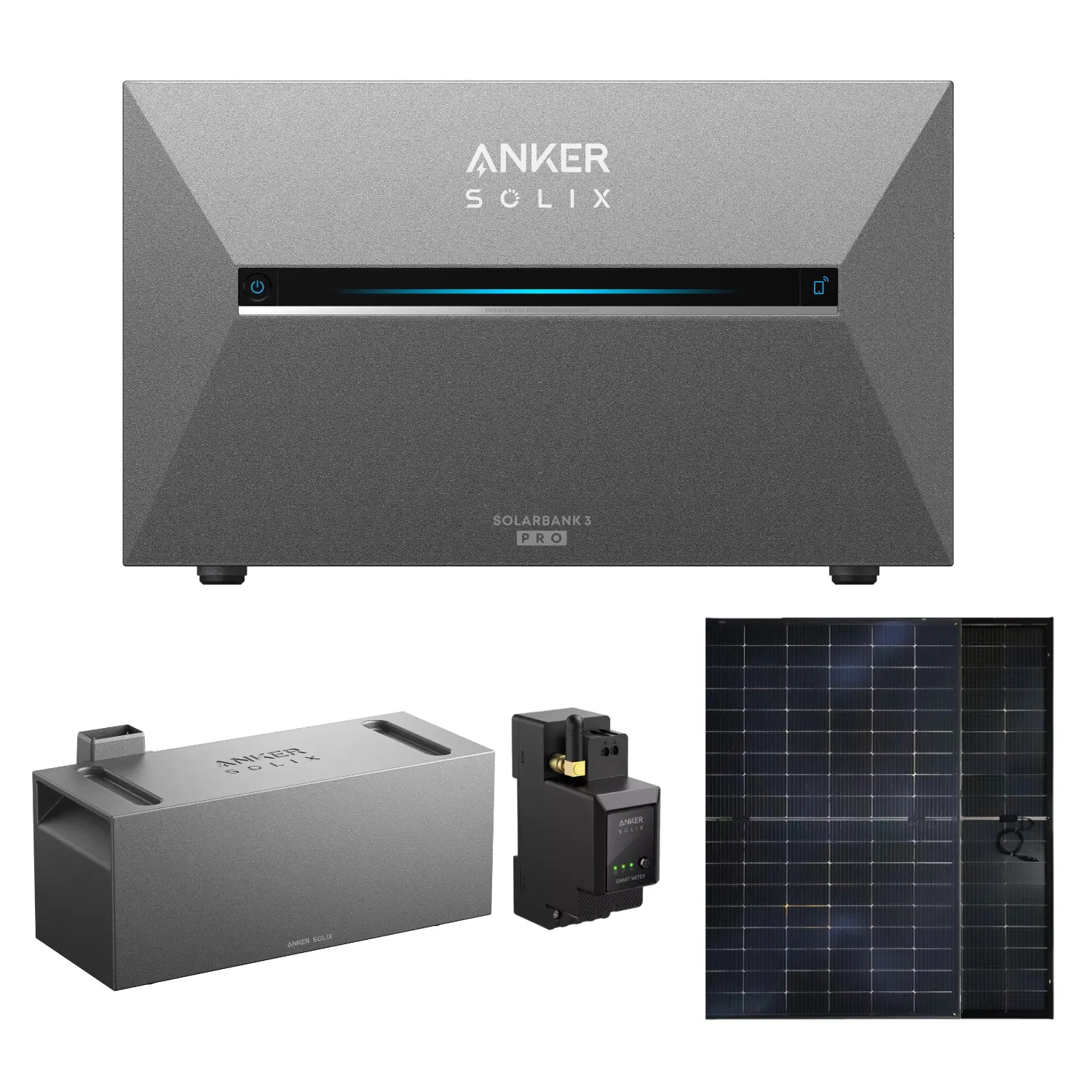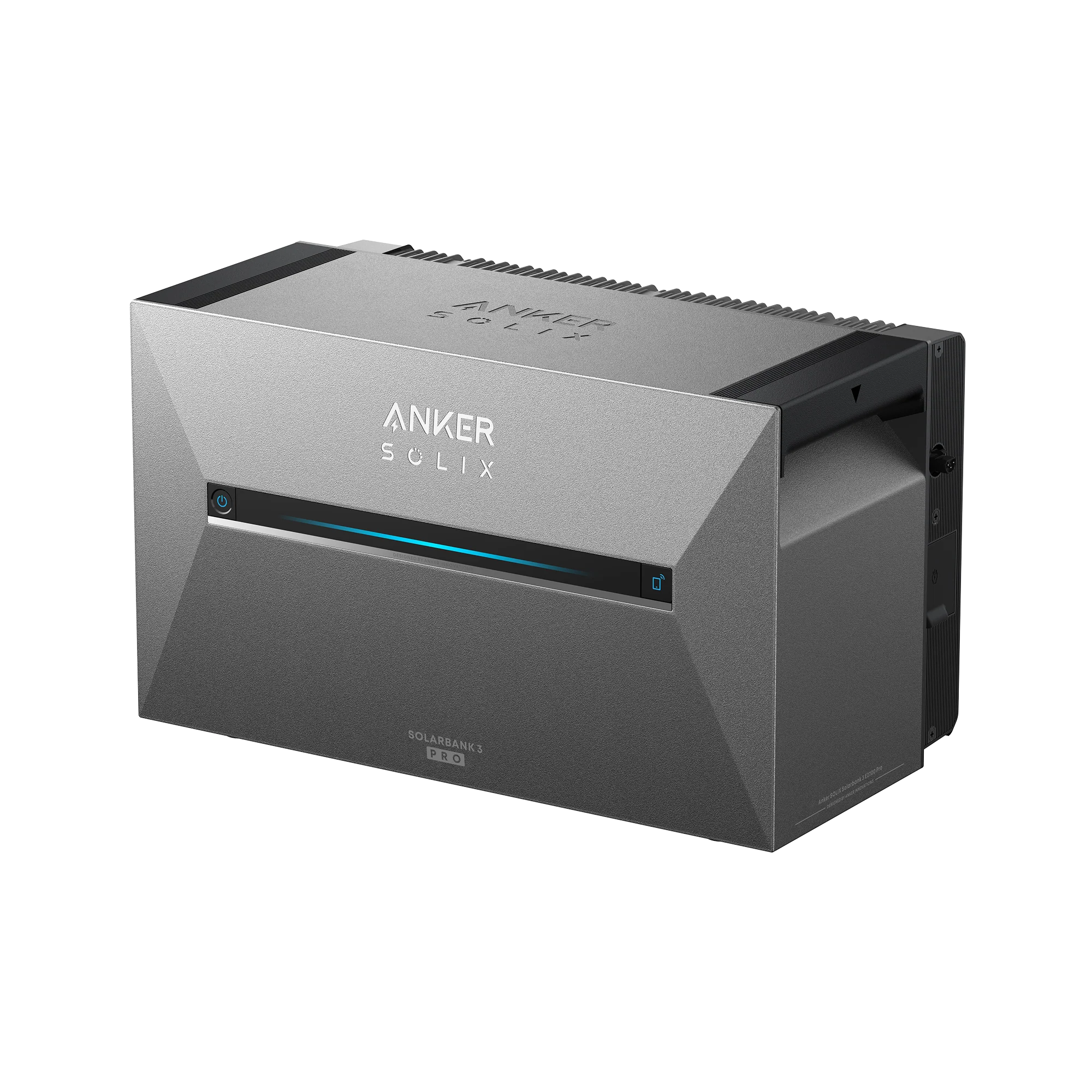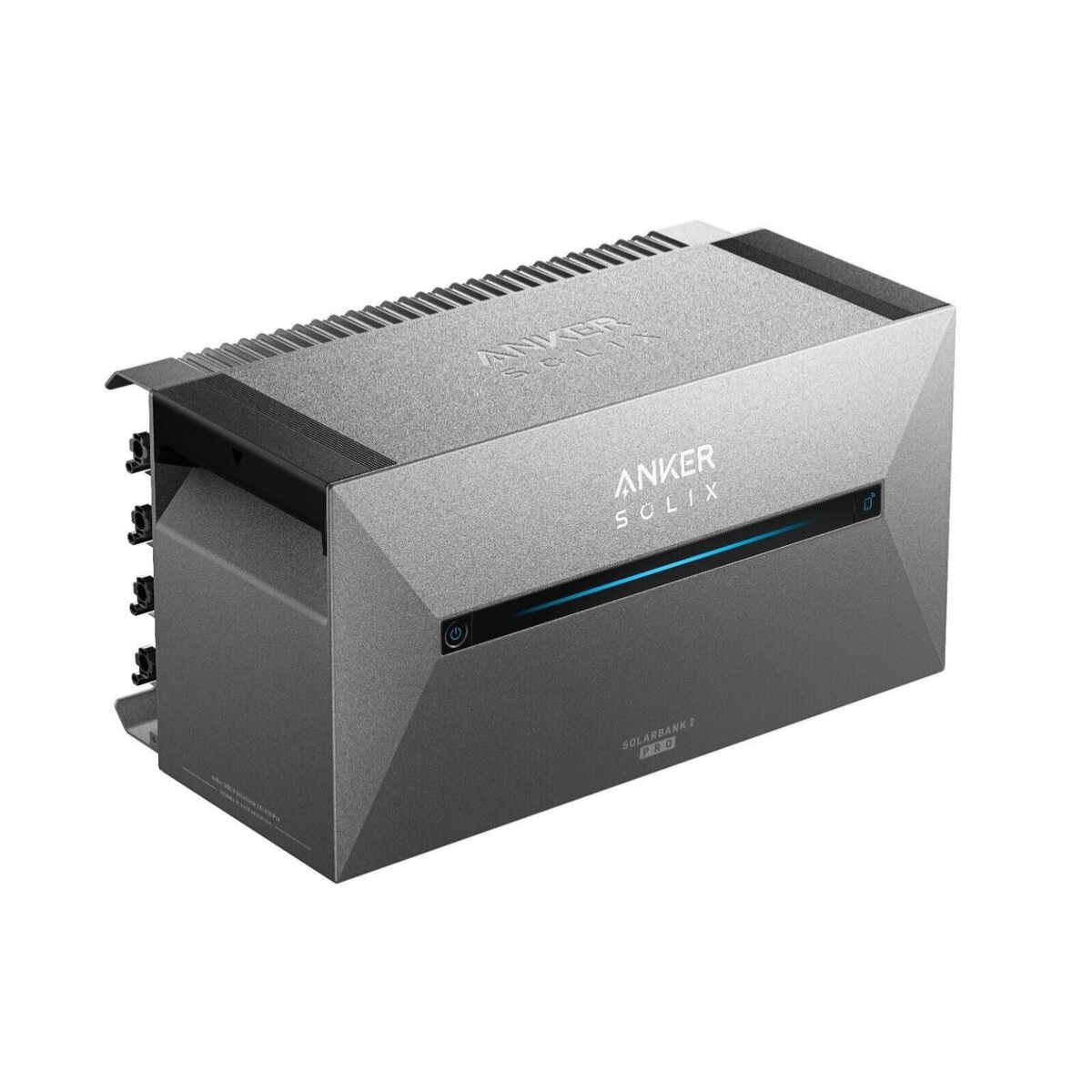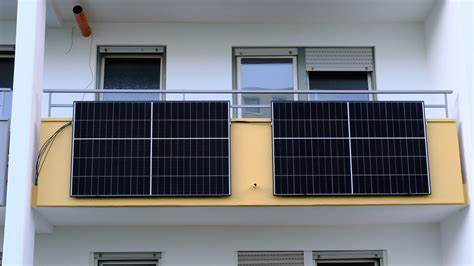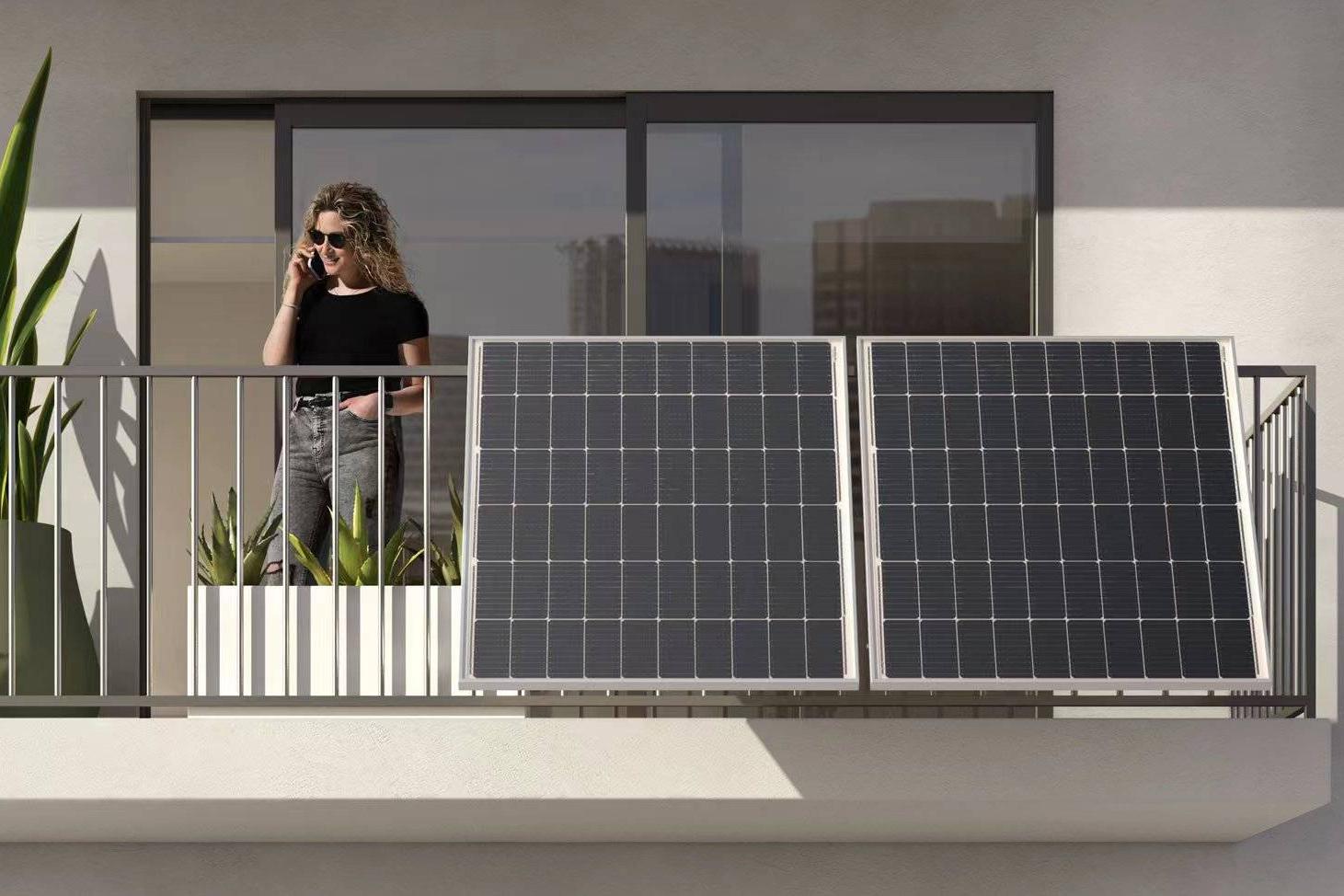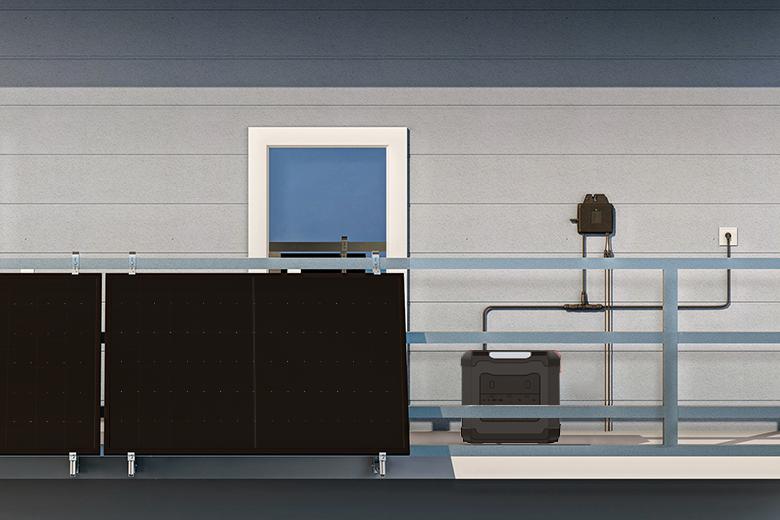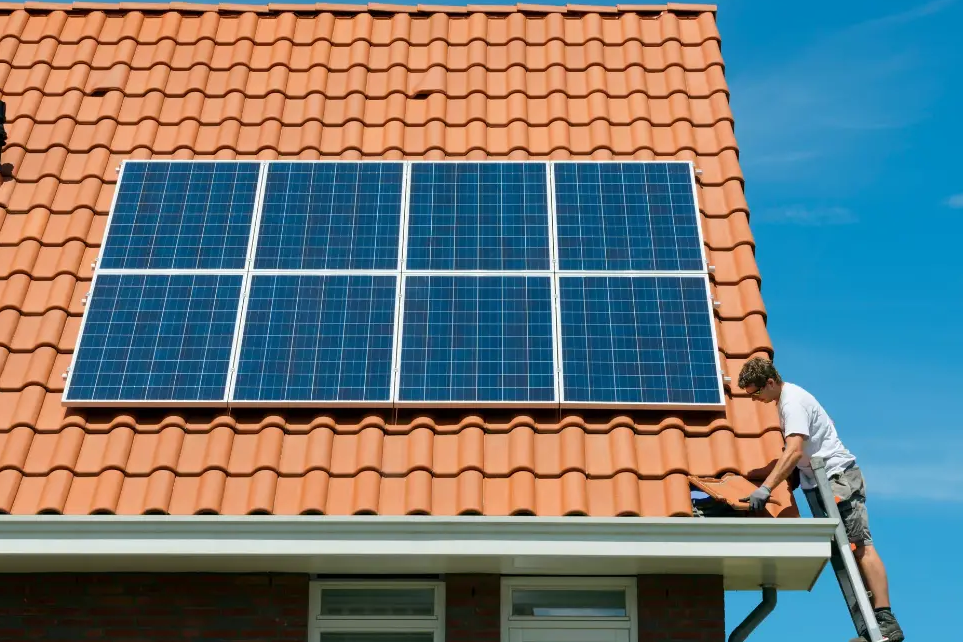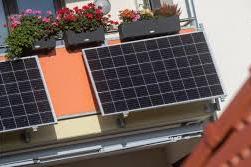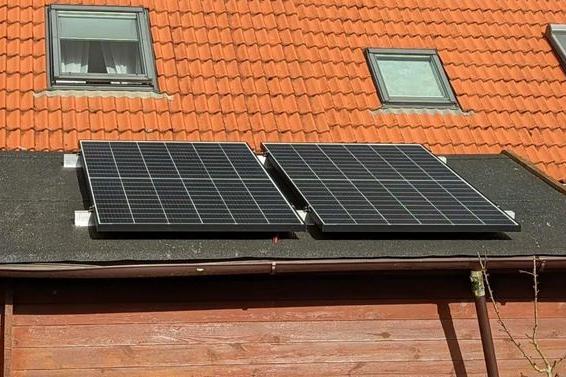Blog & News
Photovoltaics with Wallbox: Function, Advantages, Costs (2024)
With a wallbox, you can charge your electric car quickly and conveniently from home. Combine the wallbox with photovoltaics and use solar power to charge your electric car. This reduces costs and simultaneously lowers emissions. Learn all about photovoltaics with a wallbox here.
What is a wallbox?
A wallbox, also Wall charging station It is an electrical device for managing electric vehicle charging at home. It is mounted on a wall or a charging station. Wallboxes securely connect the high-voltage connection to the electric vehicle, ensuring fast and safe charging of the battery.
Can I not park an electric car at the Power outlet load?
You can also charge your electric car using a wall socket. However, the charging process is about 4.5 times slower than using a wallbox and can take several days.
Charging at a household socket is also a Security riskStandard electrical outlets are designed for continuous currents of up to ten amps. Exceeding this limit can cause the cables and socket contacts to overheat. In the worst case, this could lead to a cable fire.
How does a wallbox work in conjunction with a PV system?
Simply explained, the PV system generates The wallbox generates electricity from sunlight and uses it to charge the electric car. The wallbox only uses the excess PV power for charging. The household's electricity needs are met first, and charging the PV storage system also takes priority. If the PV system produces excess electricity, the electric car is charged via the wallbox.
How a PV system with a wallbox works
To charge your electric car with solar power, the wallbox and the PV system must communicate with each other. This requires an energy manager, which is integrated either into the inverter or into a smart meter. This calculates the station's maximum charging capacity based on electricity production and household electricity consumption. This tries to avoid drawing power from the grid whenever possible.
How long does the charging process take at a wallbox?
A vehicle's charging time depends on the battery capacity, the maximum charging power, and the charger's performance. It varies from vehicle to vehicle. A small car with a 22 kW capacity will charge in less than three hours. Fast charging takes 20 to 40 minutes. Due to the reduced performance and the increased time required, users often abort charging at 80%. Depending on the vehicle and station, a range of 100 km is possible in 10 minutes of charging time.
What do I need to pay attention to when connecting to the power grid?
To charge an electric car you need a 400 volt three-phase connection. You will therefore need to install a high-performance power cable to connect the wallbox:
- For a charging power of 11 kW you need a 16 amp fuse;
- For a charging power of 22 kW you need a 32 amp fuse.
What options are there for PV surplus charging?
Charging with surplus PV requires intelligent charging and energy management. Below, we'll show you the options for surplus PV charging.
Rigid control
One option is to enable the charging station via a switch contact on the inverter. This option is available with many inverters and charging stations. The inverter is configured to activate the charging station when a certain power or defined yield is reached.
The rigid control is the most cost-effective option and allows for continuous use without additional storage costs. However, it does not take into account the household's current electricity consumption or demand. Furthermore, it lacks continuous charging current regulation, which prevents charging during periods of low PV yield. The use of additional charging current from the power grid is necessary as a compromise.
There's a potential problem with this: in some cases, the electric vehicle might not be charged at all. To ensure the electric vehicle reaches a specific charge level at a specific time, you need to adjust the charging station's operating mode accordingly.
Dynamic control
With dynamic control, the charging station adjusts its power level based on the PV system's energy surplus. Self-consumption in the household is prioritized, and the charge controller adjusts the power accordingly. Since electric vehicles typically require grid power to charge, the system allows you to configure the permissible grid power demand. For example, the charging process can begin with 80 percent grid power and 20 percent PV power. If the PV surplus increases, the grid feed-in is automatically reduced.
Here, too, there's the possibility that the electric car is insufficiently charged or not charging at all. The wallbox only starts charging once the specified amount of solar power is available. Therefore, the charging station's operation should be adjusted so that charging is only possible when needed by drawing on the grid.
Weather-dependent charging
Manufacturers offer solutions for obtaining data from weather forecasting systems online. You can program the management system to determine how much PV surplus the electric vehicle should use and for how many hours. The program calculates whether the forecast PV yield is sufficient. Otherwise, it charges with additional grid power and ensures that the electric vehicle is fully charged within the specified time period. This way, you don't run the risk of your electric vehicle not being charged.
Can I combine the wallbox with a PV storage system?
You can combine the wallbox with a PV storage system. This allows you to charge your electric car using only solar power. The storage system uses excess PV power during the day, allowing you to charge your car at any time. Without the storage system, you would have to charge your car when the PV system is producing excess power.
How much does a wallbox for photovoltaics cost?
A photovoltaic wallbox costs between €1,000 and €3,500, depending on the model and technical requirements. For a PV system, expect to pay €1,200 to €1,600 per kWp of installed capacity. If you add a PV storage system, the costs increase by approximately €1,000 per kWh of storage capacity.
How much does it cost to install and assemble a wallbox?
The costs for installing and connecting a wallbox to the power grid range from €1,000 to €5,200. Prices for individual items such as adapting the electrical box, electrical work, and laying cables range from €0 to €899, €65 to €883, and €196 to €821, respectively.
Can I have a Install the wallbox yourself and save costs?
The wallbox must be installed by a specialist company. This company ensures safety and proper registration with the grid operator. Laypeople risk electric shock, fire, or damage to the house if they attempt to install it themselves.
How much can I save with photovoltaics and wallbox?
With photovoltaics and a wallbox, you save at least 20 cents per kilowatt-hour compared to charging from the grid. While the levelized cost of electricity for PV is 5 to 11 cents/kWh, a kWh of electricity costs 30 to 40 cents. How much you actually save depends primarily on your driving style and electricity consumption.
Hereinafter Example We compare the fuel costs of an electric car with a diesel and a petrol car.
| Mileage | Costs of diesel cars | Costs of a petrol car | Costs of electric cars with grid connection | Costs of electric cars with photovoltaics |
| 10,000 km per year | 1.393 € | 1.351 € | 720 € | 220 € |
| 15,000 km per year | 2.089 € | 2.026 € | 1.080 € | 330 € |
| 20,000 km per year | 2.798 € | 2.702 € | 1.440 € | 440 € |
Is there any funding available?
There is no specific funding available for a wallbox with photovoltaics. However, some cities and municipalities offer funding for electromobility and renewable energies. You can apply for additional funding for photovoltaics from the Kreditanstalt für Wiederaufbau (KfW) through Loan 270.
For a short period (September 2023), KfW subsidized the wallbox in combination with a solar system and solar storage through Grant 442. The electric car had to be already owned or ordered. The maximum subsidy was €10,200. The subsidy was exhausted within 24 hours.
Do I have to register the wallbox?
You must have wallboxes over 4.7 kW to the grid operator. Systems over 12 kVA even require commissioning approval from the grid operator. The reporting and notification obligations are stipulated in the Renewable Energy Sources Act (EEG), the Grid Connection Ordinance (NAV), the Charging Station Ordinance (LSV), and the Technical Connection Rules (TAR).
How much photovoltaics do I need for a wallbox?
A wallbox requires approximately 2 kWp of nominal power per 10,000 kilometers of annual driving. The exact amount of PV power you need depends on the electric car and your annual mileage.
| km per year | Power consumption | PV system performance wallbox | required roof area | PV system performance wallbox and single-family home | required roof area |
| 10,000 km | 2,000 kWh | 2 kWp | 10.2 m² | 8 kWp | 40.8 m² |
| 15,000 km | 3,000 kWh | 3 kWp | 15.3 m² | 9 kWp | 45.9 m² |
| 20,000 km | 4,000 kWh | 4 kWp | 20.4 m² | 10 kWp | 51 m² |
| 25,000 km | 5,000 kWh | 5 kWp | 25.5 m² | 11 kWp | 56.1 m² |
Which wallboxes are the best (test)?
The ADAC tested eight wallboxes and the Fronius Wattpilot Home 11 J 2.0 was crowned test winner. Second place went to the Entratek Power Dot Fix, and third to the KEBA KeContact P30 PV Edition.
The following parameter compared:
- Scope of delivery and assembly
- Security
- function
- equipment
- App
What are the advantages and disadvantages of a wallbox?
A wallbox in combination with a photovoltaic system has many advantages and only one small disadvantage. You need a 400 volt three-phase connection and have to hire an electrician for this. In return, you reduce your electricity costs and simultaneously lower CO₂ emissions.
Let’s take a closer look at the individual advantages.
Increased self-consumption
By charging your electric car with surplus PV energy, you increase your self-consumption. With a standard PV system, you only achieve a self-consumption share of around 30%. With a wallbox, this share rises to up to 60%.
This is particularly advantageous given that electricity prices are currently very high and feed-in tariffs are becoming increasingly low. Selling solar power is therefore no longer profitable, but self-consumption is becoming increasingly profitable. The higher the self-consumption, the higher the return on a PV system.
Cost savings
You save at least 20 cents per kilowatt-hour of solar power used to charge your electric car. Despite high initial costs, the levelized cost of electricity for photovoltaics is only 5 to 11 cents per kilowatt-hour. You pay 30 to 40 cents per kilowatt-hour of electricity drawn from the grid. And since a PV system has a lifespan of over 30 years, you'll reduce your electricity costs in the long run.
Environmental protection
When you charge your electric car with grid power, you use only renewable energy. Charging with photovoltaics is based 100 percent on renewable energy and is completely emission-free.
Safety and convenience
With a wallbox, you can charge your car at home, eliminating the need to drive to a charging station. Charging is safer and more convenient. You simply plug your electric car into the wallbox and don't have to worry about someone unplugging the charger.

